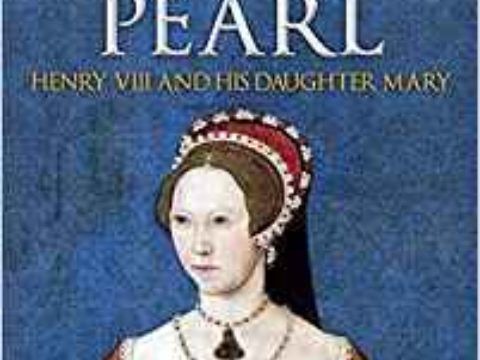On This Day
January Highlights
Each day on the Tudor Times website we publish a short snippet of information about interesting events that occurred during the Tudor and Stewart period. The following are some highlights of events that took place in January.
Henry, Duke of Cornwall, was Born
On 1st January 1511, Katharine, the twenty-five year old wife of Henry VIII of England gave birth to a boy at Richmond Palace, to much rejoicing. It was Katharine’s second pregnancy, the first having ended in a miscarriage, but this time she was safely delivered, and it appeared that the Tudor dynasty was now secure.The boy was named Henry, for his father and grandfather, and immediately received the title of Duke of Cornwall. Read more about him here.
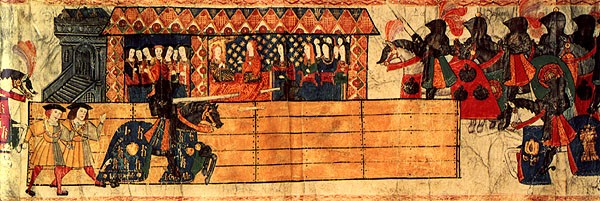
Martin Luther Excommunicated
On 3rd January 1521 Martin Luther was excommunicated from the Catholic Church by Pope Leo X. Luther had first come to prominence in 1517 when, as a well-known lecturer at the University of Wittenburg, he published his ninety-five theses for disputation. He had for some time been preaching against many of the flagrant abuses of the late mediaeval church, particularly the sale of indulgences.
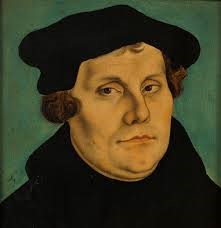
Initially, Luther’s attempts at reform from within were not significantly different from many other reform movements over the years and he did not, at first, question the hierarchy of the Church. Eventually, however, he came to believe that the entire Church structure was corrupt. His works were denounced as heretical in the Papal Bull Exsurge Domine on 15th June 1520. Luther responded by burning the bull, and his excommunication was pronounced in the Bull Decet Romanum Pontificem.
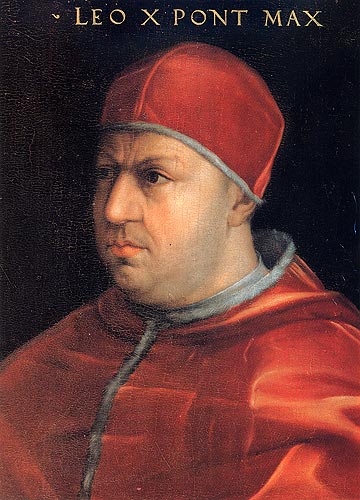
Luther however, had ignited a spark that could not be blown out. The Christian world was now divided into three main branches – Catholic, Orthodox and Protestant.
King James V Buried
On 8th January 1543, James V, King of Scots, was buried at Holyrood Abbey. He died, possibly of dysentery (rather than the rumoured broken heart) or another of the diseases that dogged armies, after the Scottish army had received a crushing blow at the Battle of Solway Moss at the hands of the English. James had inherited the throne, aged only 18 months, on the death of his father, James IV, at Flodden, and was succeeded by his 8 day old daughter, Mary. James V was the last King of Scots to live and die a Catholic. Read James’ life story here
Katherine Carey Died
On 15th January 1569 Katherine Carey, Lady Knollys, died. She had been ailing for some time, and her husband, Sir Francis, was desperately upset that he had not been able to be with her. Instead, he was at Bolton Castle, guarding Mary, Queen of Scots. Lady Knollys was born in 1524. Her mother, Mary Boleyn, at some time was the mistress of Henry VIII, and there has been speculation that Katherine was his daughter. Since no-one knows exactly when Mary was Henry’s mistress, nor for how long, it can be no more than a theory. Legally, her father was Sir William Carey.
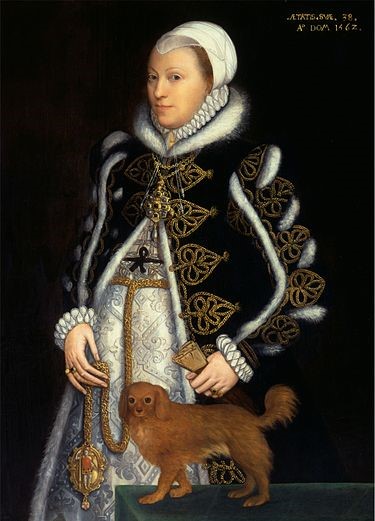
As was customary, Katherine was married young, aged 15 or 16. Her husband was around 13 years older, but they were happy together, and had twelve children who survived infancy. Katherine and her husband were evangelical Protestants, so they left England when Mary I reintroduced Catholicism, and went to Geneva. On their return at the accession of Katherine’s cousin, Elizabeth I, she was appointed a Lady of the Bedchamber. Elizabeth was extremely fond of her, and very upset when she died.
Henry VII Married Elizabeth of York
On 18th January 1486 Henry VII married Elizabeth of York. The marriage had first been mooted during the reign of Edward IV, Elizabeth’s father, as a way of reconciling the warring houses of Lancaster and York, but it seems unlikely Edward would have agreed – there were far better matches for his daughter than a penniless exile with a slim claim to the throne. After Edward’s death, however, there seemed to be more mileage in the idea, and Henry and Elizabeth’s mothers (Lady Margaret Beaufort and Elizabeth Woodville, respectively), agreed that this would be the best way to overthrow Richard III, who had usurped the throne from Elizabeth Woodville’s sons. Henry, exiled in Brittany, swore an oath in Vannes Cathedral to marry Elizabeth.
In 1485, Henry won the Battle of Bosworth. However, although Elizabeth was put into the care of his mother, he did not marry her immediately. In the Parliament of December 1485, Sir Thomas Lovell, put forward a petition for the King to marry ‘the illustrious Lady Elizabeth’ to which Henry graciously consented. A papal dispensation was obtained (they were third cousins). The ceremony was performed by Cardinal Bourchier, Archbishop of Canterbury, in Westminster Abbey, where they now lie entombed, side by side. The couple went on to have seven children and seem to have become been genuinely attached to each other.
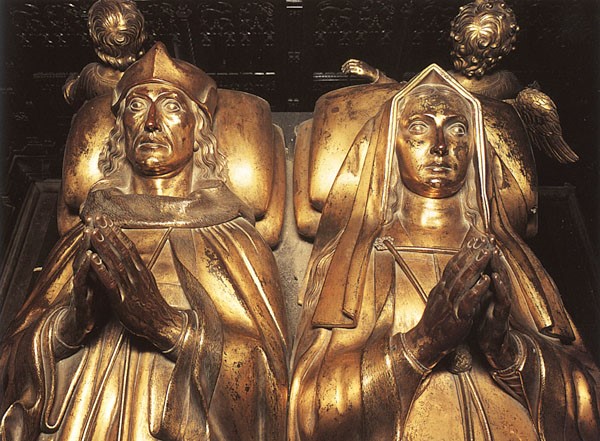
Regent Moray was Assassinated
On 23rd January 1570, Lord James Stewart, 1st Earl of Moray, and Regent of Scotland was assassinated in a street in Linlithgow by Sir James Hamilton of Bothwellhaugh. Moray was probably the first man to be deliberately assassinated by gunshot, and some of the outrage at his death was directed towards this as a cowardly means of killing an enemy, rather than an honest sword-thrust. Read more about Moray's life story here.
Henry VIII Died
On 28th January 1547, Henry VIII breathed his last in his palace at Whitehall. He had been ailing for some years, as his growing corpulence and ulcerated legs gave him inordinate pain and frequent fever. During the previous December, he had felt himself to be deteriorating, and made drew up a new will, replacing that of 1544, which he had written prior to taking an army into France. This new will attempted to control the succession to the Crown for generations to come, and has been a matter of controversy ever since – was it legal, or not?
In her recent book, 'The King is Dead', Dr Suzannah Lipscomb has analysed the will in detail – read our review here.
